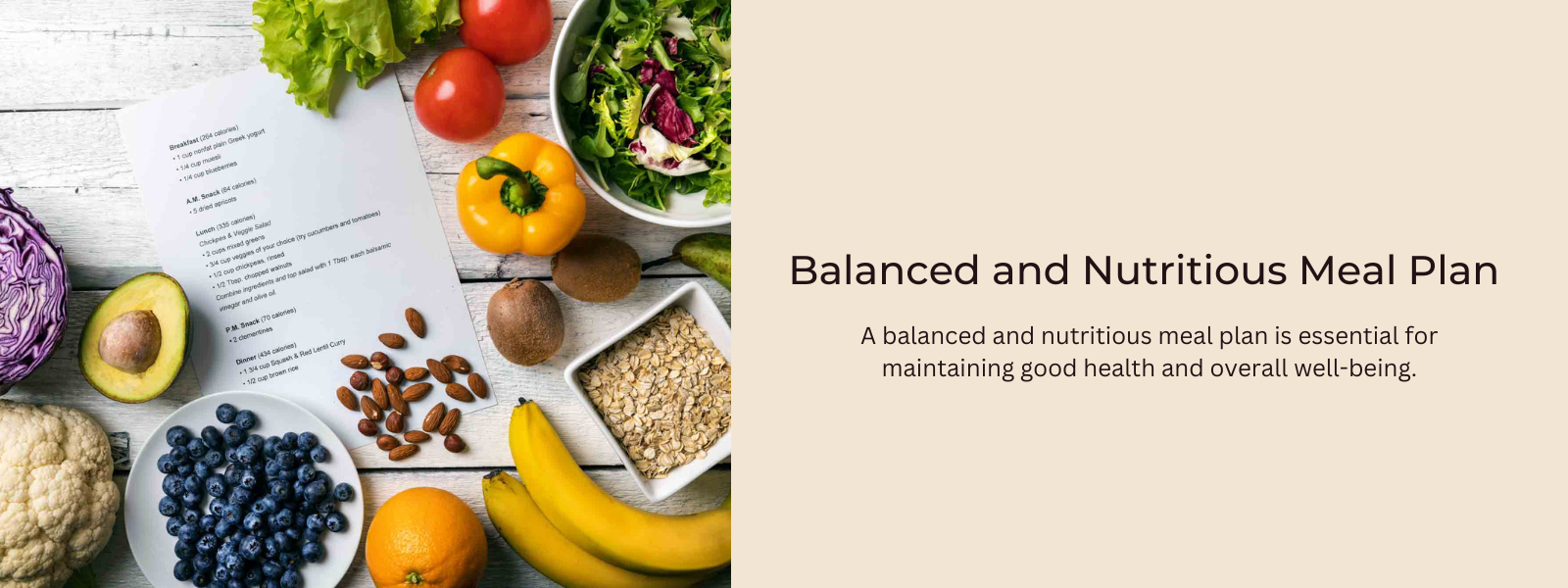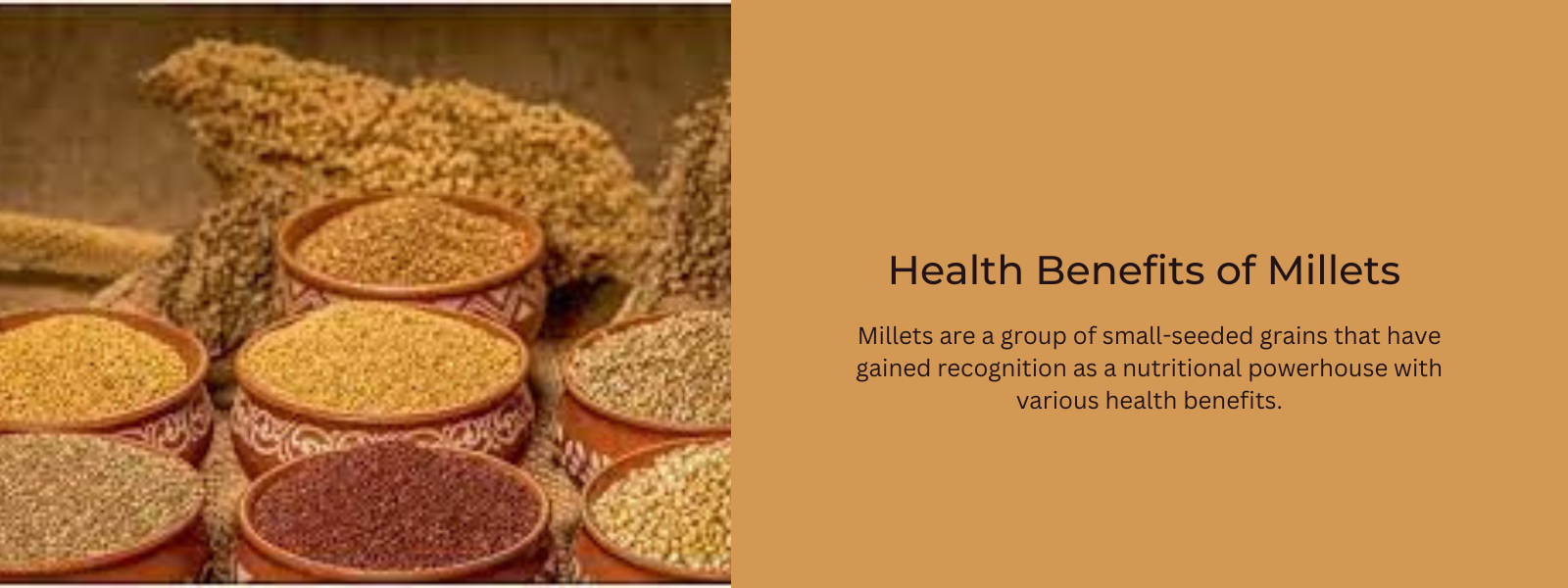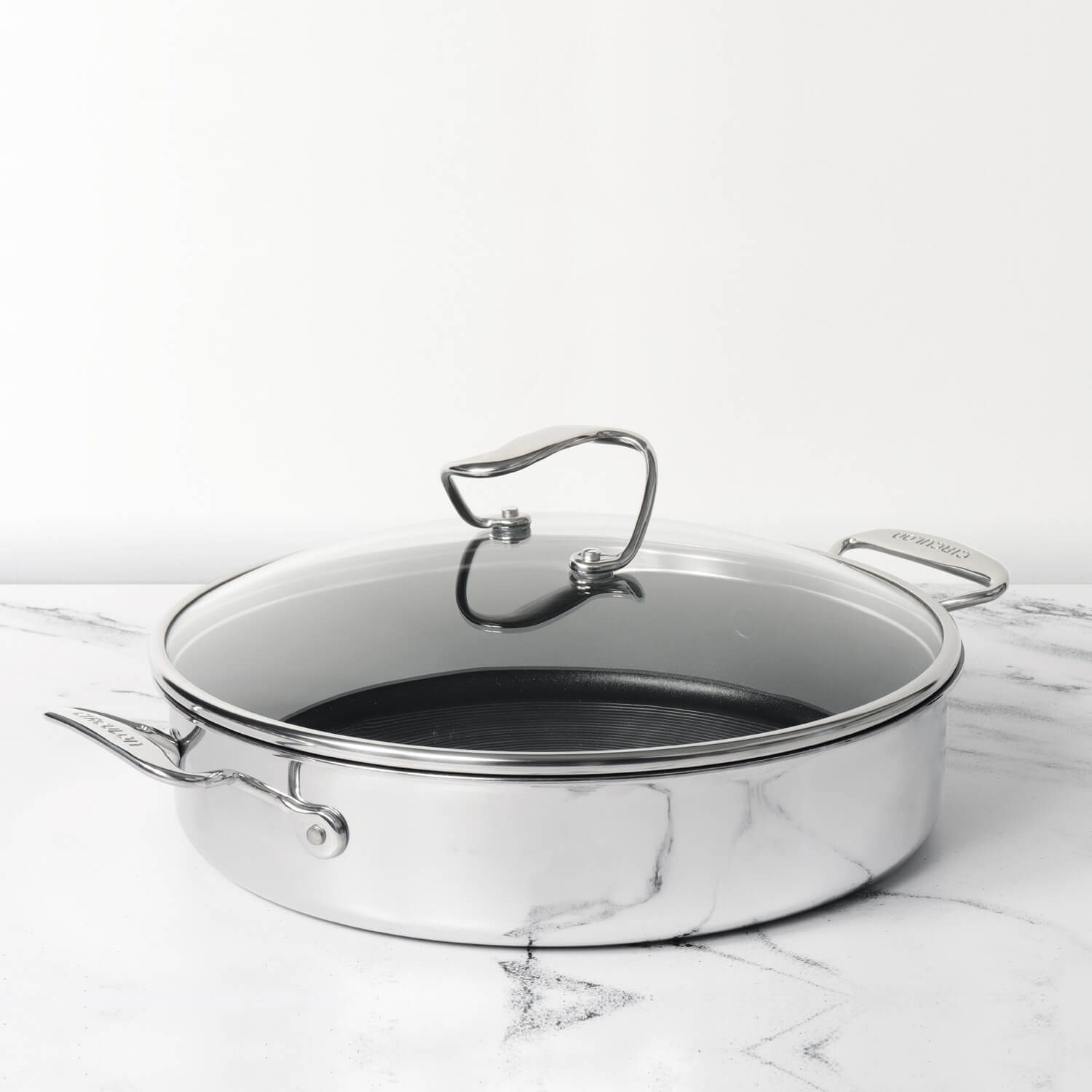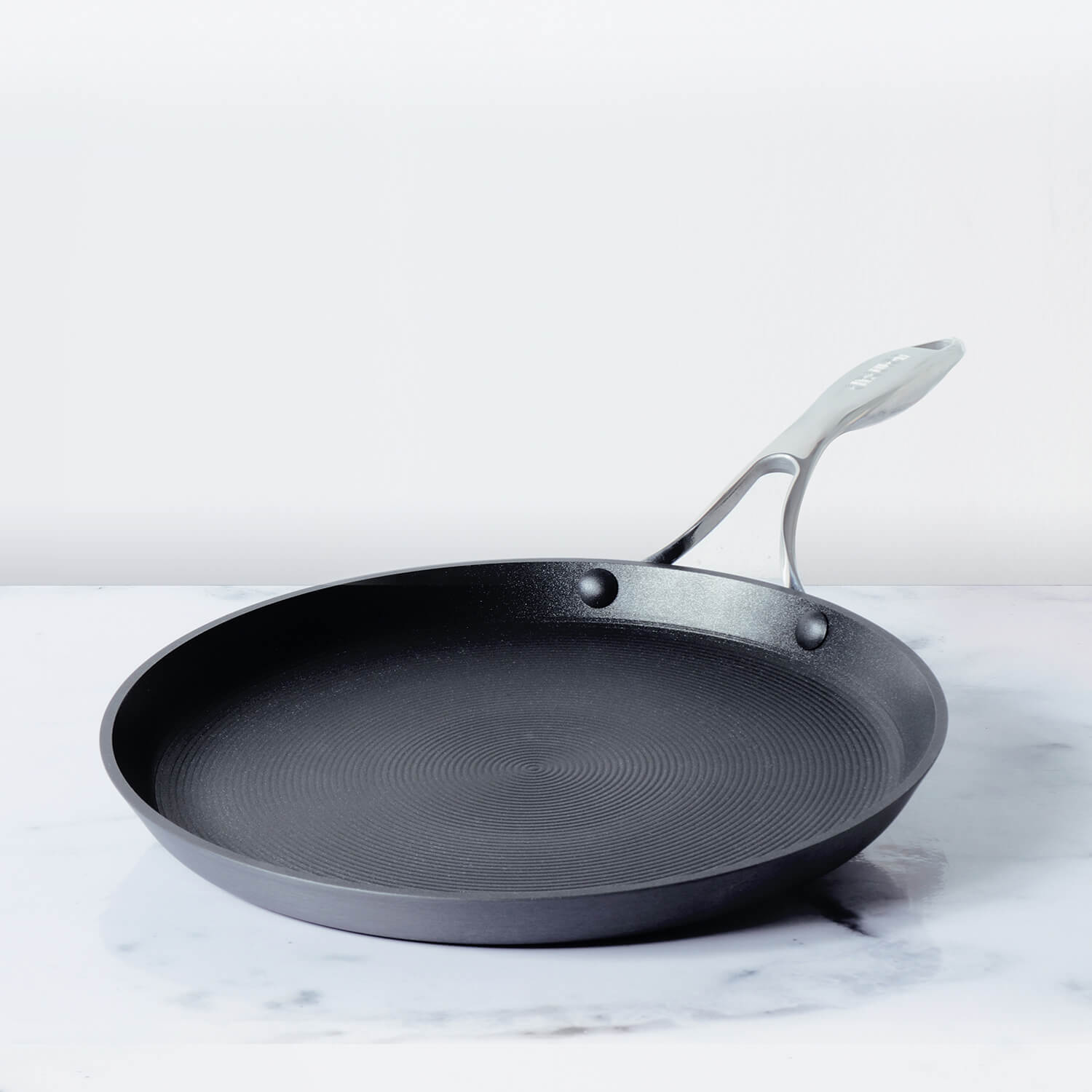Exploring the gluten-free goodness of millets reveals the many advantages of incorporating these ancient grains into your diet. Millets, such as finger millet (ragi), sorghum (jowar), and pearl millet (bajra), are naturally gluten-free, making them an excellent choice for individuals with celiac disease or gluten sensitivities. Beyond their gluten-free status, millets are packed with essential nutrients, including B-complex vitamins, iron, calcium, and dietary fiber. They offer numerous health benefits, from supporting heart health and regulating blood sugar levels to aiding in weight management and promoting digestive wellness. Millets can be used in a variety of gluten-free recipes, from gluten-free bread and porridge to gluten-free baked goods, providing versatility and nutrition to those who need to avoid gluten in their diets.
Table of Contents
Millet Is Naturally Gluten-Free Food:
Millet is naturally gluten-free because it does not contain the proteins gliadin and glutenin, which are responsible for the gluten found in wheat, barley, and rye. Gluten is a composite protein that gives dough its elasticity and is responsible for the chewy texture in bread and other baked goods.
Millet's protein structure differs from wheat, barley, and rye, and it lacks the specific amino acid sequences found in gluten. As a result, millet can be consumed safely by individuals with celiac disease, non-celiac gluten sensitivity, and those who follow a gluten-free diet.
What Is Gluten-Free Food?
Gluten-free food is food that does not contain gluten, a protein composite found in wheat, barley, rye, and their derivatives. Gluten gives dough its elasticity and is responsible for the chewy texture in many baked goods. Gluten can be problematic for individuals with certain medical conditions:
- Celiac Disease: People with celiac disease have an autoimmune reaction to gluten, damaging the lining of the small intestine. This condition can lead to a range of gastrointestinal and systemic symptoms. To manage celiac disease, individuals must follow a strict gluten-free diet.
- Non-Celiac Gluten Sensitivity: Some people experience symptoms similar to those of celiac disease when they consume gluten, but they do not have the autoimmune response seen in celiac disease. This is referred to as non-celiac gluten sensitivity, and individuals with this condition also benefit from a gluten-free diet.
- Wheat Allergy: A wheat allergy is an allergic reaction to proteins found in wheat, which is different from celiac disease and gluten sensitivity. People with wheat allergies need to avoid wheat, but they may not need to eliminate gluten-containing grains like barley and rye from their diets.
Can Anyone Eat Gluten-Free Millets?
Yes, most people can include gluten-free millets in their diets without any issues, as millets are naturally gluten-free. However, individuals with specific medical conditions, such as celiac disease, wheat allergy, or non-celiac gluten sensitivity, must follow a strict gluten-free diet. For these individuals, it's crucial to ensure that the millets they consume are not cross-contaminated with gluten during processing, storage, or preparation.
For the vast majority of people who do not have gluten-related conditions, millets can be a nutritious and versatile addition to their diets. Millets are rich in dietary fiber, vitamins, minerals, and antioxidants, making them a healthy choice for those looking to diversify their grain intake. They are particularly well-suited for individuals who choose to follow a gluten-free diet by choice or as part of a broader dietary approach.
Is Gluten-Free Millet Good For Weight Loss?
Gluten-free millets can be a part of a weight loss-friendly diet due to their nutritional profile. Here's how millets can contribute to weight loss:
- Low in Calories: Millets are relatively low in calories compared to some other grains, making them a good option for those looking to manage their calorie intake.
- Dietary Fiber: Millets are rich in dietary fiber, which promotes a feeling of fullness and helps control appetite. This can prevent overeating and aid in weight management.
- Low Glycemic Index: Many millets have a low glycemic index, which means they have a smaller impact on blood sugar levels. Foods with a lower glycemic index can help regulate blood sugar and reduce cravings for high-sugar, high-calorie foods.
Gluten-Free Millet Recipes:
Millet Porridge:
Rinse millet and cook it with water or milk until it becomes soft and porridge-like. Sweeten with honey or maple syrup, and add your favorite fruits and nuts for flavor.
Millet Salad:
Cook millet and let it cool. Mix with diced vegetables like cucumber, bell peppers, and tomatoes. Add fresh herbs like parsley and mint for flavor. Dress with olive oil and lemon juice, and season with salt and pepper.
Millet Stir-Fry:
Cook millet and set it aside. Stir-fry your choice of vegetables and protein (tofu, chicken, or shrimp) with garlic, ginger, and gluten-free soy sauce. Mix in the cooked millet and season to taste.
Millet Pancakes:
Mix millet flour, gluten-free baking powder, a pinch of salt, and a sweetener of your choice. Add water or milk to create a batter. Cook as you would regular pancakes.
Millet Soup:
Cook millet and set it aside. Sauté onions, carrots, and celery in a pot. Add gluten-free vegetable or chicken broth, cooked millet, and seasonings. Simmer until the vegetables are tender.
Millet and Fruit Breakfast Bowl:
Cook millet and let it cool. Top with your favorite fruits like berries, banana slices, and a drizzle of honey or yogurt for a nutritious breakfast











Leave a comment